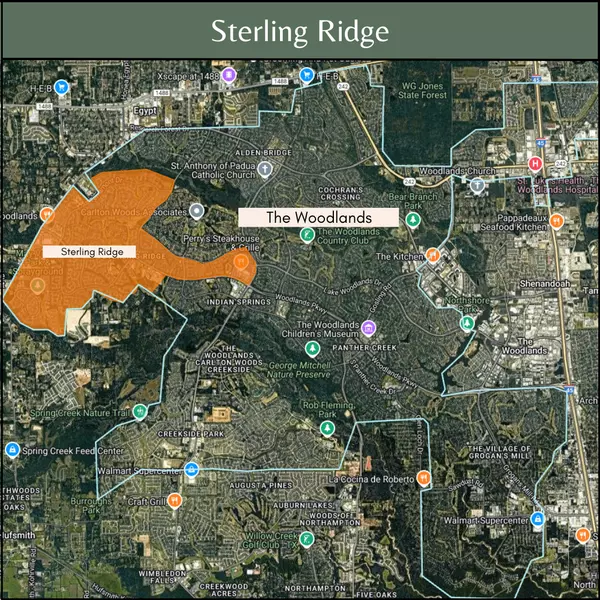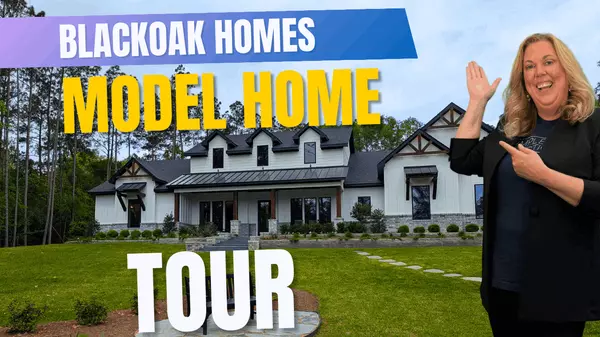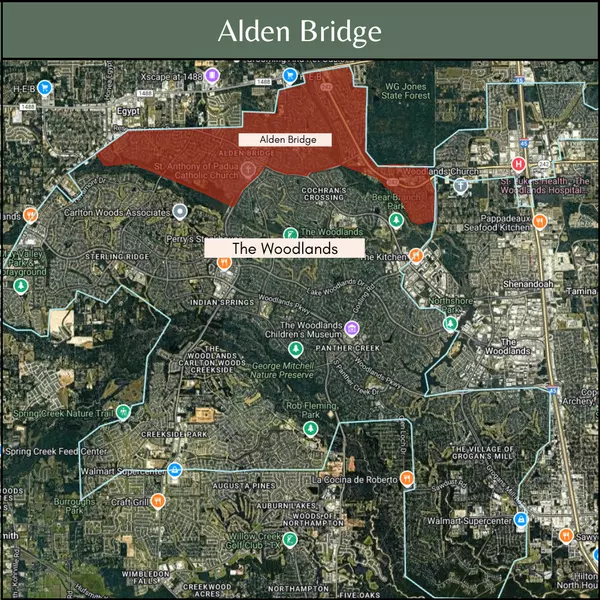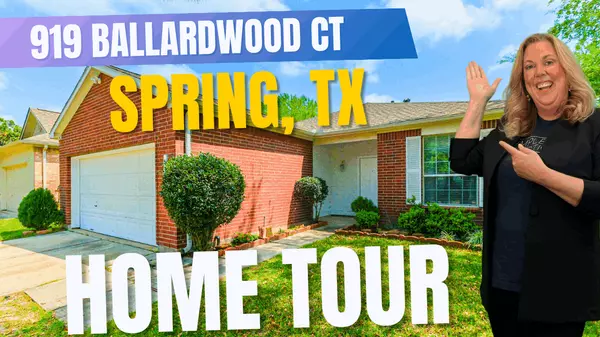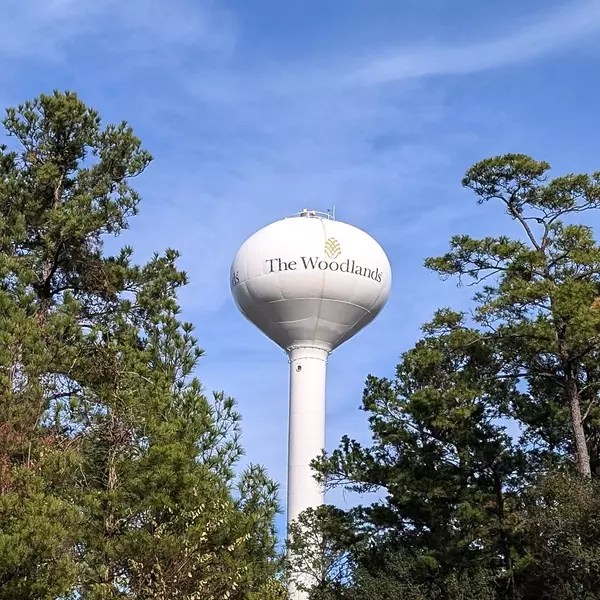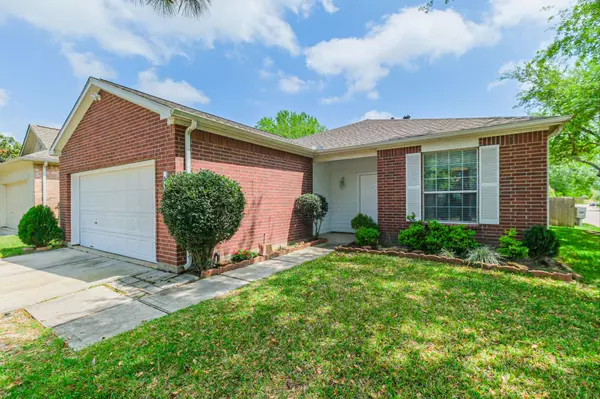Conroe’s Housing Market Through the Decades: A Look at Home Prices from the 1950s to Today
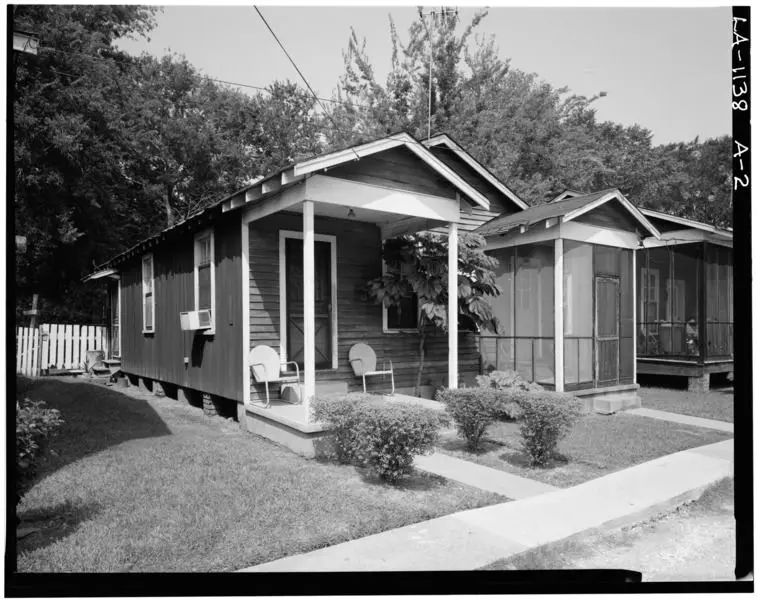
Conroe, Texas, has transformed significantly over the past several decades, growing from a small, quiet town into one of the fastest-growing areas in the Houston metro. As the city has expanded, so has its housing market—evolving from modest mid-century homes to modern master-planned communities. In this post, we’ll take a look at how home prices in Conroe have changed from the 1950s to today and what factors have influenced the market’s growth.
The 1950s: Modest Beginnings and Post-War Growth
In the 1950s, Conroe was a small town with deep roots in the lumber and oil industries. The local economy was stable, and homeownership was becoming more attainable for families. During this era, a modest single-family home could be purchased for around $7,000–$12,000—a price that seems almost unbelievable today.
Key Influences:
- Post-World War II economic growth
- Conroe’s strong logging and oil industry
- The rise of suburban living as families sought quieter communities outside of Houston
Many homes built during this time were small, single-story houses with simple designs, often featuring two or three bedrooms and large yards.
The 1970s: Suburban Expansion and Steady Growth
By the 1970s, Conroe had grown in both population and infrastructure. Lake Conroe was created in 1973, sparking increased interest in lakefront properties and recreational living. Home prices rose accordingly, with the average home costing between $25,000 and $40,000 by the late 1970s.
Key Influences:
- The completion of I-45, improving access to Houston
- The creation of Lake Conroe, increasing demand for waterfront homes
- Economic booms in the oil and gas industries, bringing new jobs and residents
During this period, home designs evolved to include ranch-style homes, split-level houses, and larger lots.
The 1990s: A City on the Rise
By the 1990s, Conroe was no longer just a small-town retreat—it was an attractive suburban destination for Houston commuters. The housing market saw another surge, with homes priced between $75,000 and $150,000 on average.
Key Influences:
- Population growth, with more families moving from Houston for affordable housing
- Expansion of master-planned communities and suburban neighborhoods
- Continued development of schools, parks, and shopping centers
Homebuyers in the ‘90s were drawn to newly developed neighborhoods featuring brick homes, open floor plans, and two-story designs.
The 2000s: A Booming Real Estate Market
The early 2000s brought significant residential development to Conroe, with master-planned communities such as Graystone Hills and Grand Central Park taking shape. Home prices continued to rise, with median home values reaching $150,000 to $250,000 by the mid-2000s.
Key Influences:
- Real estate boom before the 2008 financial crisis
- Growing demand for larger, modern homes
- Expansion of shopping centers, restaurants, and entertainment venues
Despite the 2008 housing market crash, Conroe’s real estate sector remained relatively stable compared to other parts of the country.
The 2020s: Skyrocketing Prices and Demand
Today, Conroe’s housing market is hotter than ever. Fueled by a population surge, economic growth, and a strong demand for suburban living, home prices have reached record highs. In 2024, the median home price in Conroe hovers around $350,000 to $450,000, with new construction homes often selling for even more.
Key Influences:
- Massive population growth (Conroe is one of the fastest-growing cities in Texas)
- Post-pandemic real estate boom and increased demand for suburban homes
- Rising construction costs and limited housing inventory
Conroe’s real estate market now features everything from luxury lakefront estates on Lake Conroe to modern townhomes and family-friendly suburban neighborhoods.
Looking Ahead: What’s Next for Conroe’s Housing Market?
As Conroe continues to expand, real estate trends suggest that home prices will keep rising—though possibly at a slower pace than in recent years. With new developments, infrastructure improvements, and increasing demand for suburban living, Conroe remains an attractive place to buy and invest in real estate.
Thinking About Buying or Selling in Conroe?
Whether you’re a first-time homebuyer, an investor, or a long-time resident considering selling, understanding Conroe’s housing history can help you make informed decisions. If you're curious about the current market conditions or need guidance on buying or selling a home, reach out today for expert advice!
Categories
Recent Posts
